With more people reading manga and Webtoons (aka vertical scroll comics) than ever before, Beat’s Bizarre Adventure gives three writers an opportunity each week to recommend some of their favorite books and series from Japan, Korea, and elsewhere. This week we have hopping vampires, bucket lists, and, of course, the October Revolution.
Jiangshi X
Writer/Artist: Norihiko Kurazono
Translation: Nathan A Collins
Lettering: Arbash Mughal
Publication: VIZ
Jiangshi X is a visually stunning manga series by Norihiko Kurazono that blends Chinese vampire lore with martial arts action. Serialized in Shōnen Jump+ from January 2023 to February 2024, it brings the ancient myth of the jiāng shī (Chinese vampire) into a modern manga format.
The plot centers around Xiaohu, Chaoyun and Jiuli, three young boys training to become Daoshi monks. Up until now, the three have always trained together, and they have become rather skilled in martial arts.
Jiangshi X shares a kinship with other popular media like Dragon Ball and Naruto, especially the latter. All three feature martial arts-heavy battles, quirky characters, and fantastic worlds. The action is fast-paced and exciting, with beautifully illustrated fight scenes that bring the manga to life. The incorporation of supernatural elements also draws comparisons to films like Mr. Vampire (1985), which defined the jiāng shī genre in Hong Kong cinema.
Some fans attack this manga because of its similarity to Naruto. The three main characters are like the Naruto trio: Naruto, Sasuke and Sakura. They encounter a seemingly drunk man named Daoshi Konglun, who accompanies them as a more experienced guardian just like Kakashi in Naruto.
It doesn’t really bother me, this similarity. It is actually nice sometimes when things are so familiar you can quickly get hooked. I believe there is something more interesting about Jiangshi X that sets it apart: the fusion of traditional Chinese folklore with modern manga storytelling. The jiāng shī, or “stiff corpse,” is a staple in Chinese culture, and the manga’s exploration of these vampiric beings is both intriguing and entertaining. The presence of Daoist priests, martial arts, and spiritual themes adds a distinct flavor to the narrative. As a fan of Chinese films with funny hopping vampires, I find it quite fun to read this manga.
But while the visuals and action are undeniably captivating, the overall plot can feel somewhat generic at times. The idea of a wandering hero and an ancient evil is a familiar trope, and the manga’s pacing might leave readers wishing for more depth and unique twists. Despite these shortcomings, Jiangshi X is still a fun and visually engaging manga. — Ilgın Side Soysal
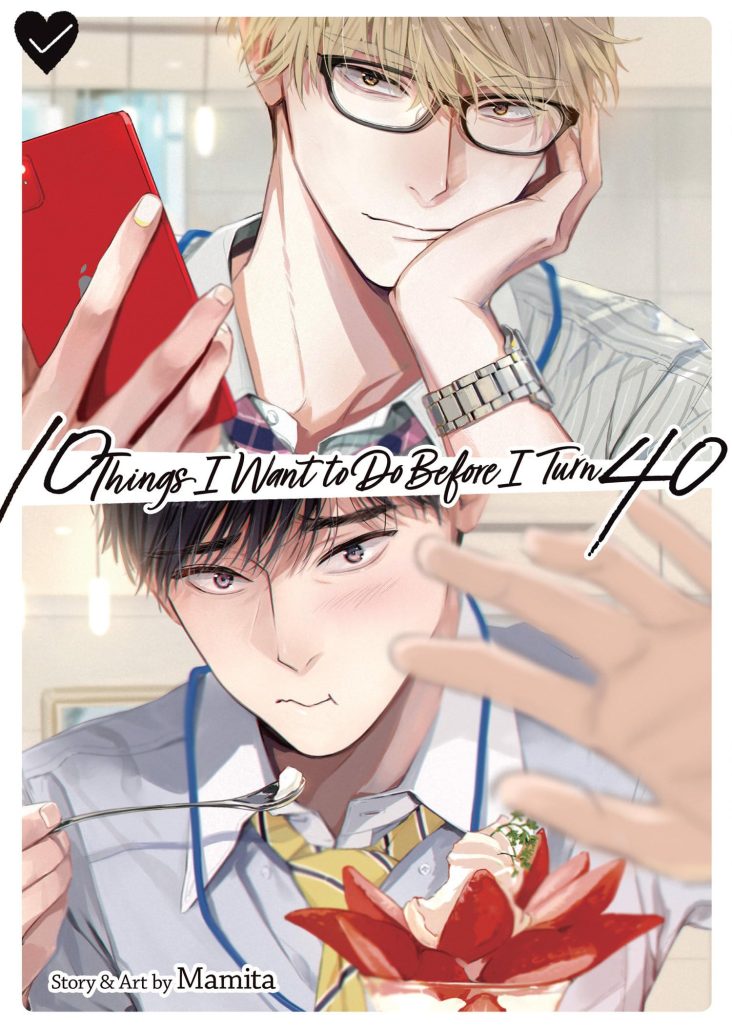 Version 1.0.0
Version 1.0.010 Things I Want to Do Before I Turn 40
Writer/Artist: Mamita
Translation: Elina Ishikawa
Lettering: Nicole Roderick
Publisher: Seven Seas
As we get older, we start making bucket lists of things we want to do before we die, or before we turn a certain age. Sometimes it can be as elaborate as skydiving or traveling to 50 countries. Often though it’s simpler than that. For 39-year-old Tojo Suzume, it’s as simple as getting a custom-made luxury pillow, having a takoyaki party, sharing a kiss, spending his birthday with his lover. The problem with the last two is that he needs to find a lover first.
Enter Keishi Tanaka, Tojo’s 29-year-old junior colleague, who accidentally reads Tojo’s list and offers to help him check every one of them off. Tojo is shocked and confused because even if Keishi is gay, why is he helping him? As Keishi helps Tojo complete each thing on his list, Tojo wishes that he added more than 10 items. After his list is done, what will become of his relationship with Keishi?
Tojo was such a fun character to follow! Outside of his suits at work, he loves wearing cozy, adorable bear loungewear. He has a collection of plushies with his favorite being a giant sparrow plush named Suzuko whom he constantly confides in for advice. His love for all things cute shows that “proper adults” don’t have to sacrifice childish things just because they’ve grown older.
10 Things I Want to Do Before I Turn 40 joins a recent resurgence in popularity for “old man BL” with an age gap between the two lovers. At the climax of the story, Tojo worries that the power imbalance in their relationship as well as how he’s 10 years older than Keishi makes their relationship “forbidden.” Despite that, he can’t help how his heart yearns for Keishi. While the manga series brushes over the topic a little too superficially, I didn’t mind how quickly Tojo’s internal conflict is resolved. I’ve read too many stories where one character denies their feelings based on how other people might perceive their relationship instead of focusing on how they feel. So seeing Tojo embrace his feelings for Keishi felt like a breath of fresh air.
The artist Mamita inserts funny little moments throughout, like Tojo’s expressions and the little chibi versions of the characters. This isn’t a particularly angsty manga since the conflict between Tojo and Keishi is resolved quickly. But it is a sweet, short, and light read that Boys’ Love fans will enjoy. — Hilary Leung
Snegurochka of the Spring Breeze
Writer/Artist: Hiroaki Samura
Translation: James Balzer
Lettering: Mercedes McGarry
Editing: Daniel Joseph
Production: Risa Cho, Pei Ann Yeap
Proofreading: Justin Maki
Publisher: Kodansha
It is the Soviet Union in the 1930s. A young woman in a wheelchair and a young man with an eye patch who accompanies her make a wager with a local over staying at a dacha, a country house, in the vicinity for a week. What starts as two people in search of something hidden in the dacha descends into an emotionally charged, tightly woven thriller of political intrigue set after the 1917 October Revolution.
Bielka and Shchenok’s true identities and motives for embarking on this dangerous quest are central to the narrative. The period during which these events transpired was when Stalin came to power and launched rapid industrialization that resulted in famine, wars, and the formation of the Gulag (forced labor camps.) The protagonists are surrounded by real, historical figures whose brief biographies can be found in the appendices included at the back.
Hence, Snegurochka of the Spring Breeze by Hiroaki Samura (Blade of the Immortal) is a researched, informed piece where each character has a complicated relationship with the October Revolution and the Stalinist regime that followed Lenin’s death. Compared to that backdrop, though, Bielka and Shchenok’s journey is a deeply personal one. Your enjoyment of this single-volume work will depend on what you expect from such a story.
It is nearly impossible to tell a personal story while providing a detailed political account of a period that spanned 70 years and marked the history of the world in just 250 pages. One would need Kingdom-level dedication for that. Expecting a thorough political analysis from this series isn’t fair, and as you can read in the afterword, Hiroaki Samura isn’t interested in doing that either. But it’s also true that this story leaves you wanting more. Not because it feels lacking, but because it is moving and compelling.
The art style of Snegurochka of the Spring Breeze is, compared to the artist’s older works, highly refined. It gives a sense of realism, as if someone were present in Bielka and Shchenok’s journey throughout and sketched the events to leave behind an account of the history for future generations to read. Samura laments that since the plot confines the characters within enclosed spaces such as homes, offices, or vehicles, he was not able to draw much of Russia’s outdoor scenery from that time. I share that feeling as I can’t get enough of how beautiful these pages are!
I recommend this series to anyone interested in a personal account of an important historical period. There are depictions of violence, decapitated bodies, sexual violence and erotic scenes, so the reader’s discretion is advised. I appreciate Kodansha for licensing such an interesting piece! — Merve Giray
Follow Beat’s Bizarre Adventure to get weekly manga and webtoon recommendations!
Check out other recent review pieces from The Beat!


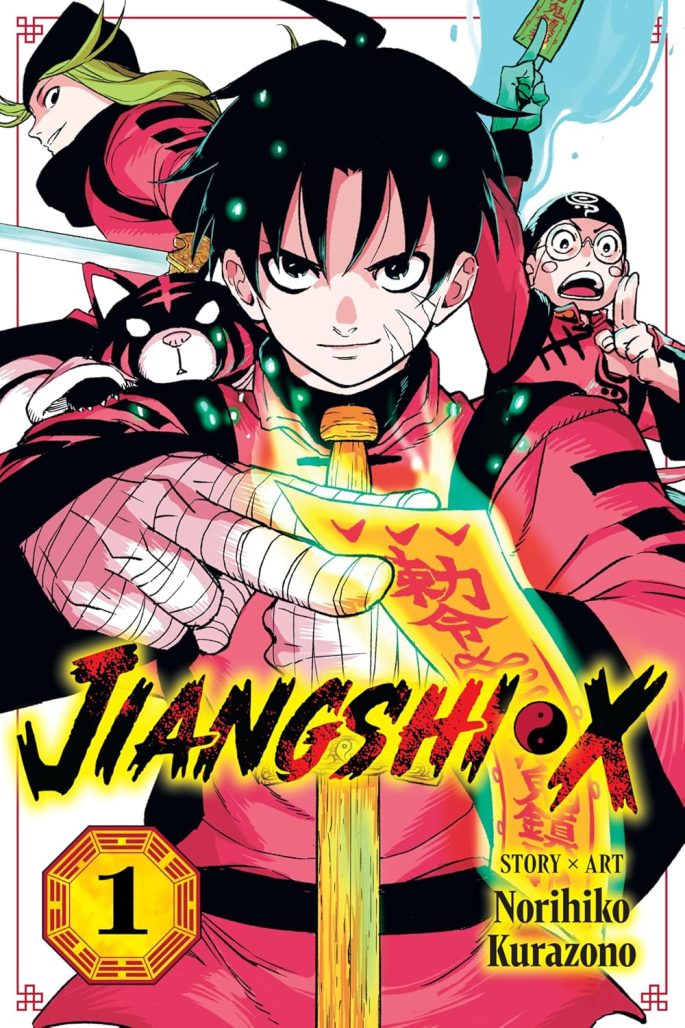
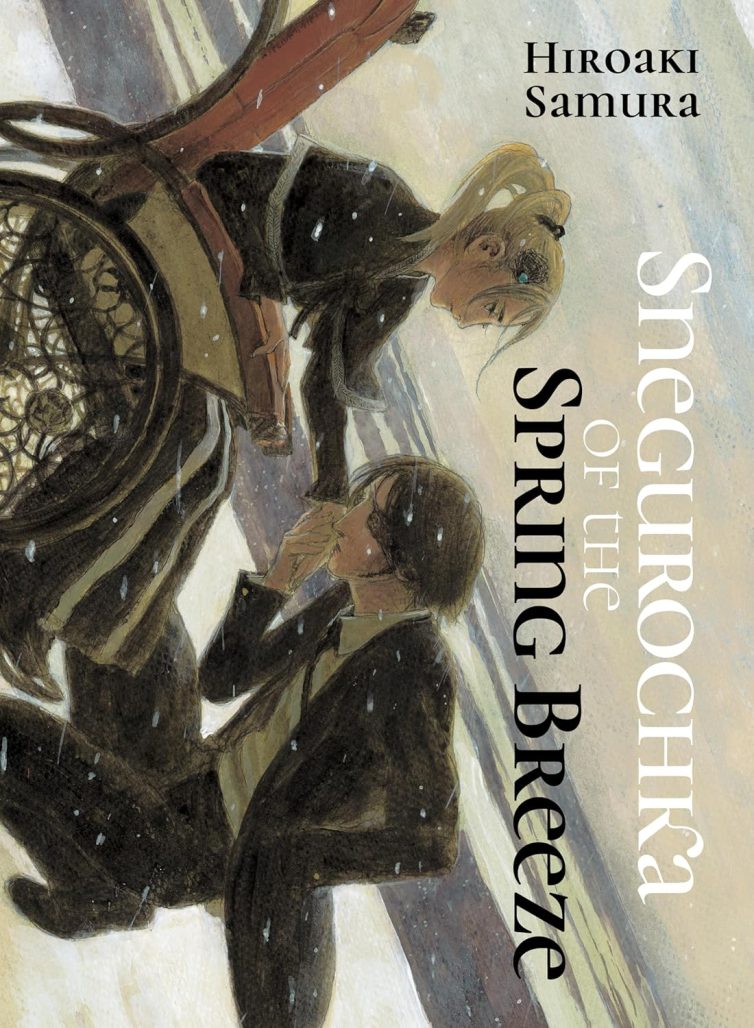

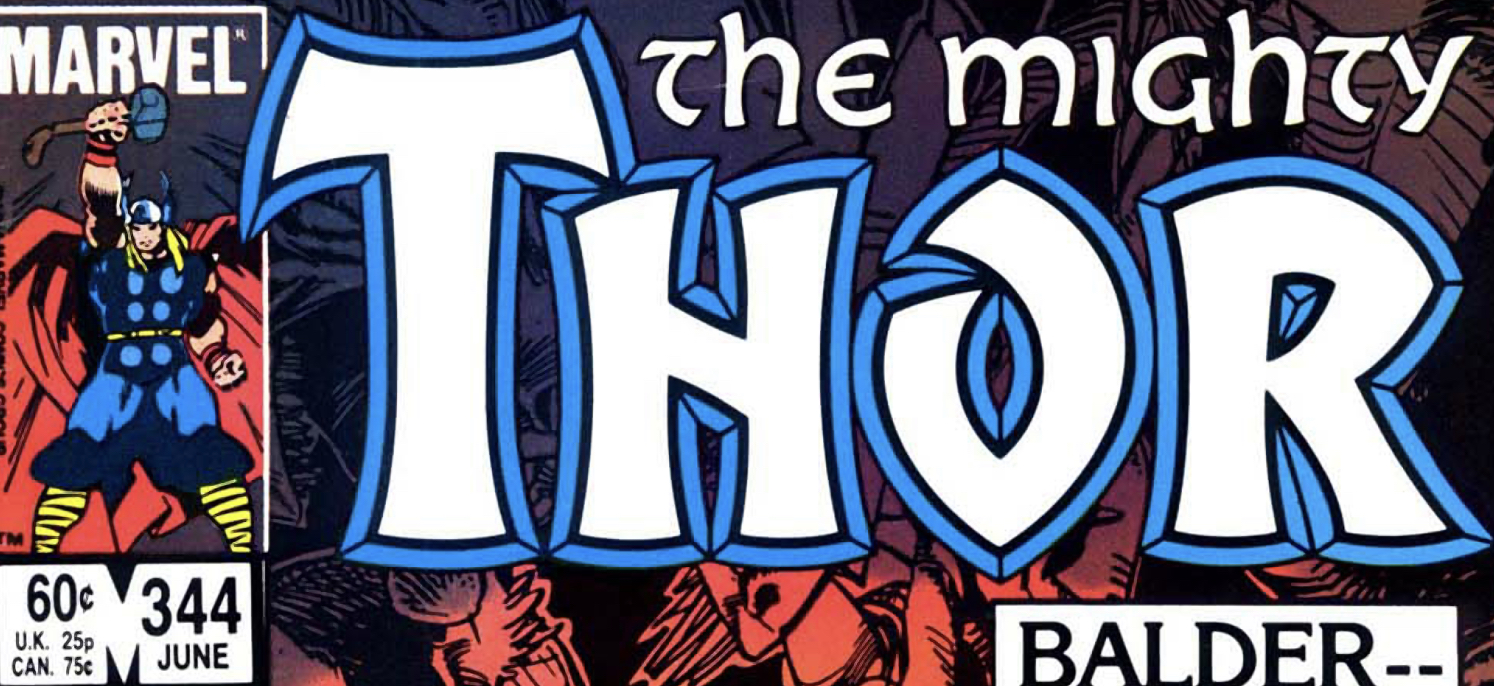







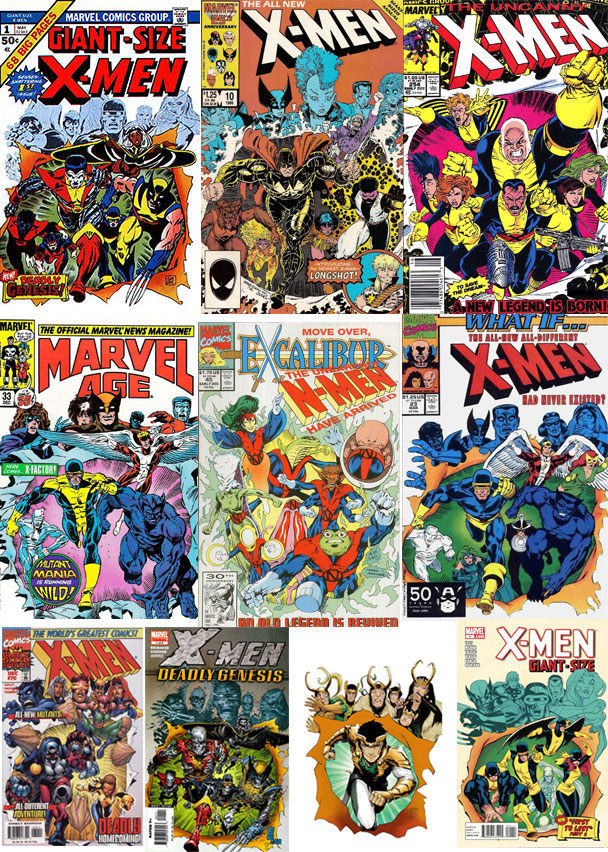









 English (US) ·
English (US) ·